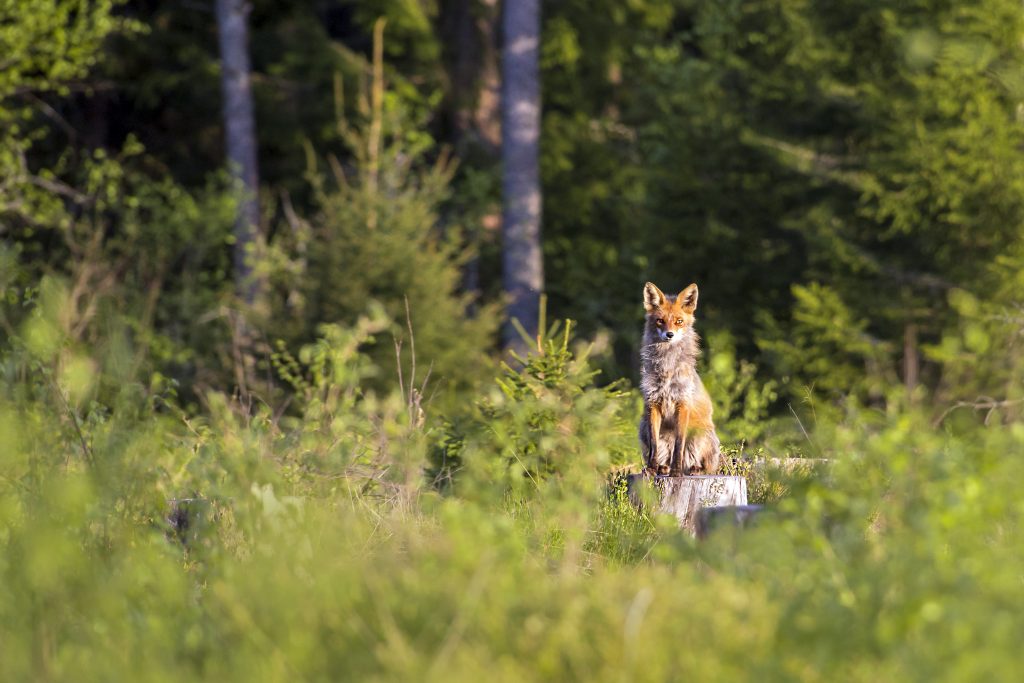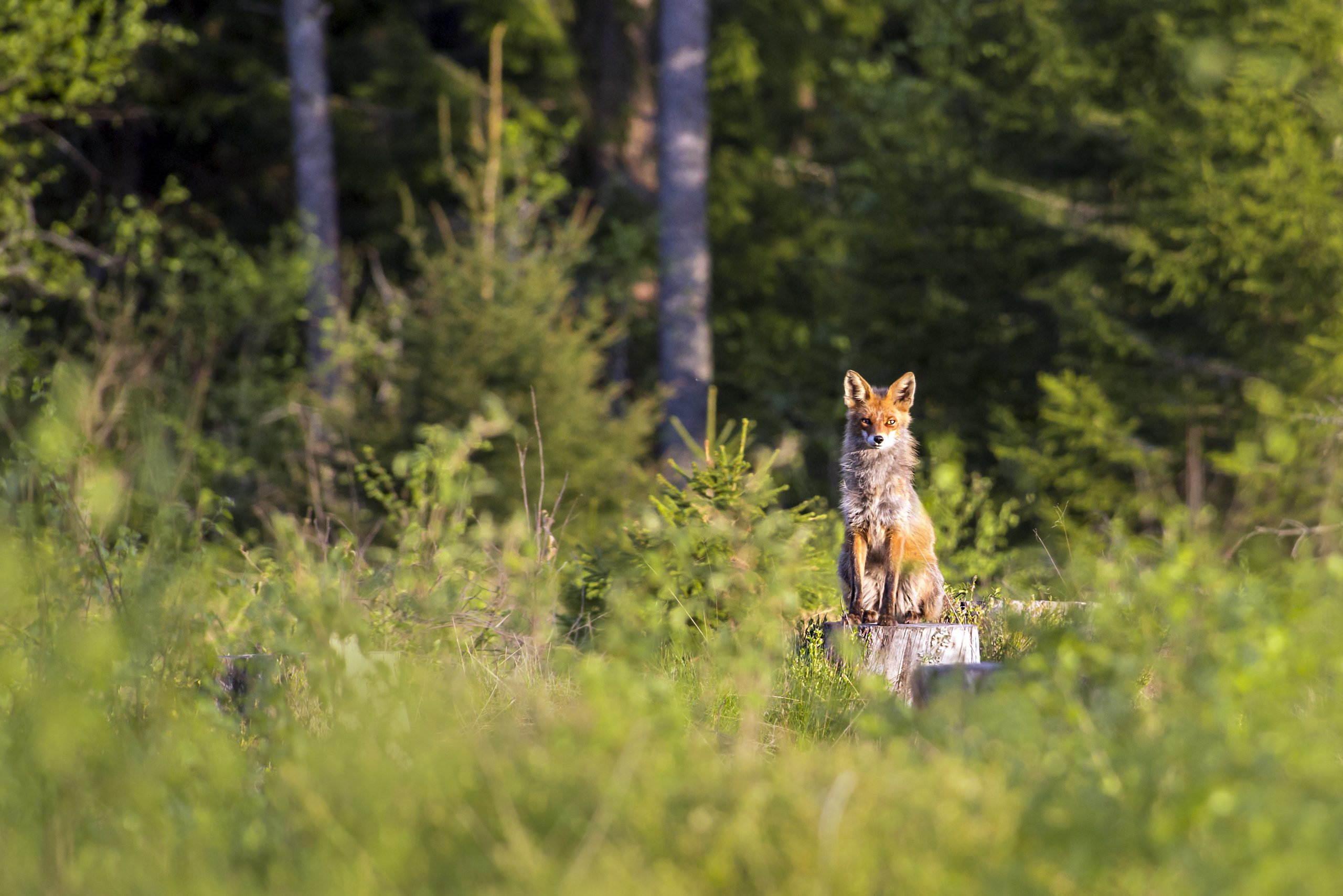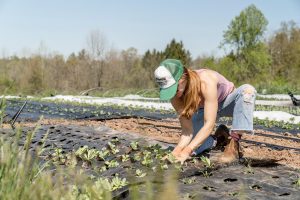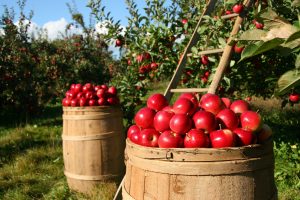A wooded area is nature’s maximum green environment, with a excessive fee of photosynthesis affecting each plant and animal structures in a series of complex natural relationships. Forests can enlarge beneath various conditions, and the shape of soil, plant, and animal lifestyles differs according to the extremes of environmental results.
Sorts of forests
There are three principal types of forests, defined with the aid of latitude: taiga (boreal) forests, temperate forests, and tropical forests.
Forests can emerge wherever the temperature rises above 10 ° C (50 ° F) for the duration of the warmer months and the annual rainfall is extra than two hundred mm (8 inches). they could growth under a variety of conditions within the ones climatic limits, and the type of soil, plant and animal existence differs in keeping with the extremes of environmental impacts.
In cool excessive-latitude subpolar areas, forests are dominated thru hardy conifers together with pines (Pinus), spruces (Picea), and larches (Larix). in the Northern Hemisphere, those forests, called taiga, or boreal forests, have prolonged winters and among 250 and 500 mm (10 and 20 inches) of rainfall annually. Coniferous forests additionally cowl mountains in lots of temperate additives of the arena.
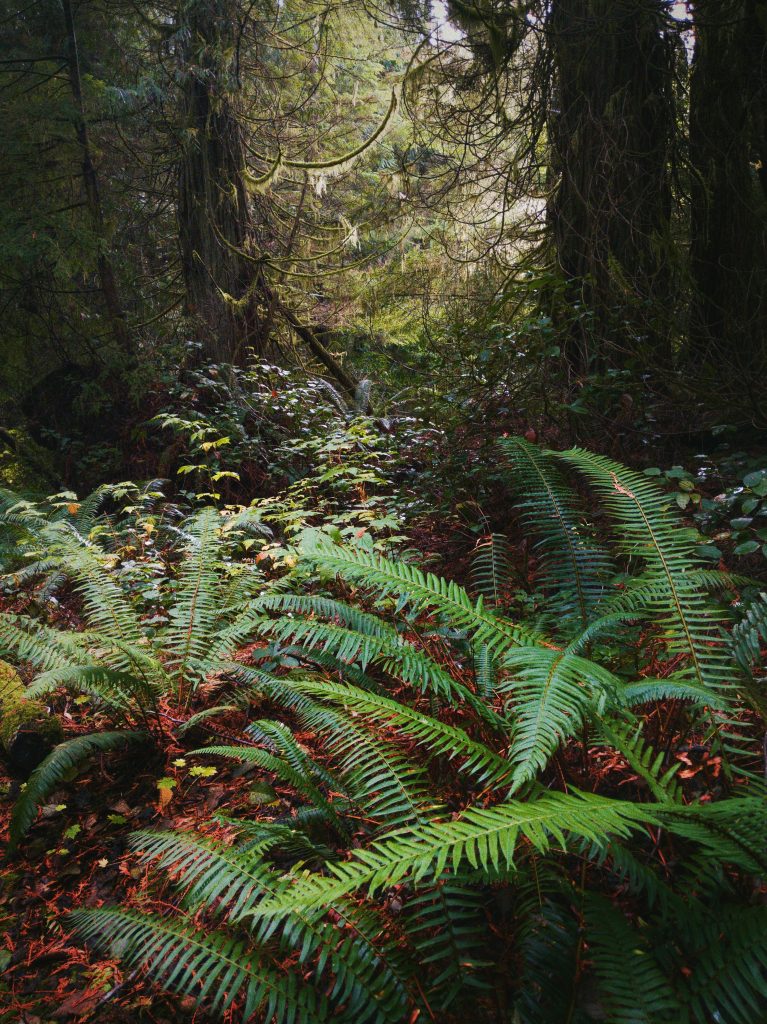
In greater temperate excessive-latitude climates, combined forests of each conifer and extensive-leaved deciduous timber predominate. massive-leaved deciduous forests extend in middle-variety climates, wherein there can be a mean temperature above 10 °C (50 °F) for as a minimum six months every 365 days and annual precipitation is above four hundred mm (16 inches). A developing duration of a hundred to 2 hundred days lets in deciduous forests to be dominated employing all proper (Quercus), elms (Ulus), birches (Betula), maples (Acer), beeches (Fagus), and aspens (Populus).
Abiotic conditions
Soil intensity is crucial because it determines the quantity to which roots can penetrate the earth and, therefore, the amount of water and nutrients available to the timber. The soil within the taiga is sandy and drains speedy. Fertile forests have brown soil, richer in sandy soil, and smaller holes. Rain forests and savanna trees normally have a layer of soil wealthy in iron or aluminum, which offers the soil both purple or yellow ore. thinking about the amount of rainfall they get hold of, the soil stays extraordinarily poor in tropical forests, as nutrients are swiftly depleted.
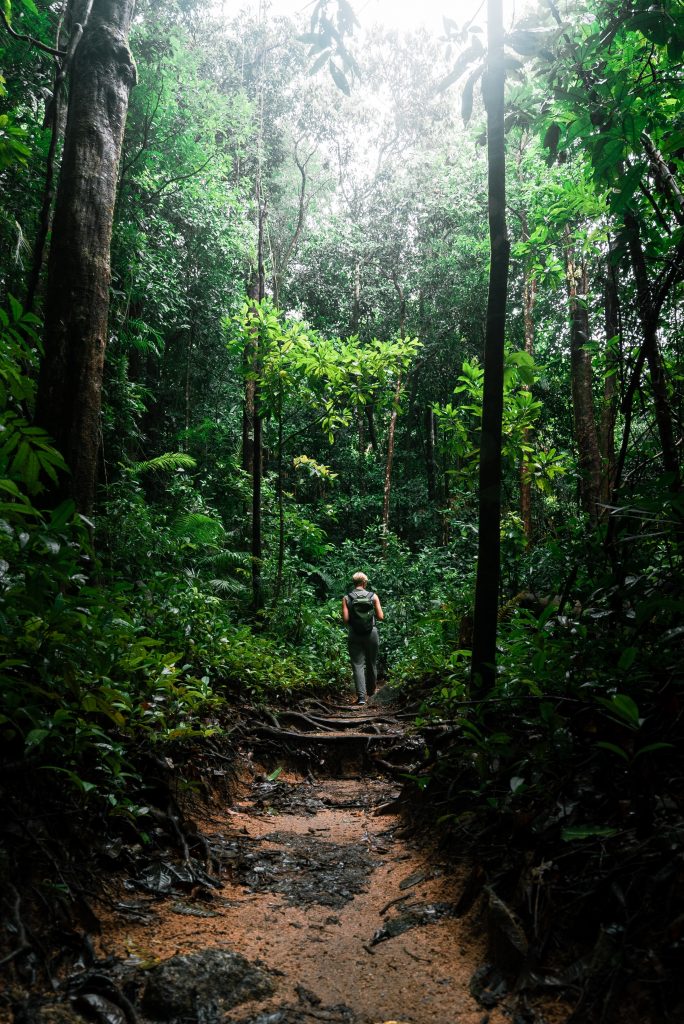
the quantity of water available to the soil, and therefore available for tree growth, relies upon the amount of annual rainfall. Water may be out of place using evaporation from the floor or by means of manner of leaf transpiration. Evaporation and transpiration also manage the temperature of the air in forests, that is commonly slightly warmer in cold months and cooler in heat months than the air in surrounding areas.
The density of tree cowl influences the amount of both daylight and rainfall achieving each woodland layer. A entire-canopied wooded place absorbs among 60 and ninety percentage of available mild, a maximum of this is absorbed thru the leaves for photosynthesis. The motion of rainfall into the wooded location is drastically encouraged via leaf cowl, which tends to slow the charge of falling water, which penetrates down to the floor level via walking down tree trunks or dripping from leaves. Water now not absorbed with the aid of the tree roots for vitamins runs along root channels, so water erosion is therefore now not a high problem in shaping wooded region topography.
flora and fauna
Forests are one of the global’s maximum complicated herbal habitats, and they replicate amazingly vertical order. Conifer Forests have a completely easy shape: a 30-foot (98 feet) tall tree, a noticed or perhaps non-existent tree, and a layer of dormant moss, moss, and liver caterpillars. The fertile forests are enormously complex; the tree cowl is split into better and reduce myth, sincerely as rain wooded area trees are divided into a minimum of three classes. The humus layer of tropical soils is stricken by excessive degrees of heat and humidity, which speedy decompose some thing herbal rely on exists. Fungi on the soil floor play a crucial feature within the availability and distribution of vitamins, especially in the northern coniferous forests. some species of fungi stay in partnership with the tree roots, while others are parasitically unfavourable.
Animals that live in forests have quite evolved hearing, and many are tailored for vertical motion thru the environment. due to the fact food other than floor vegetation is scarce, many floor-dwelling animals use forests simplest for shelter. In temperate forests, birds distribute plant seeds, and insects resource in pollination, together with the wind. In tropical forests, fruit bats and birds impact pollination and seed dispersal. The woodland is taken into consideration in reality one in every of nature’s maximum green ecosystems, with an immoderate charge of photosynthesis affecting both plant and animal structures in a sequence of complex natural relationships.
